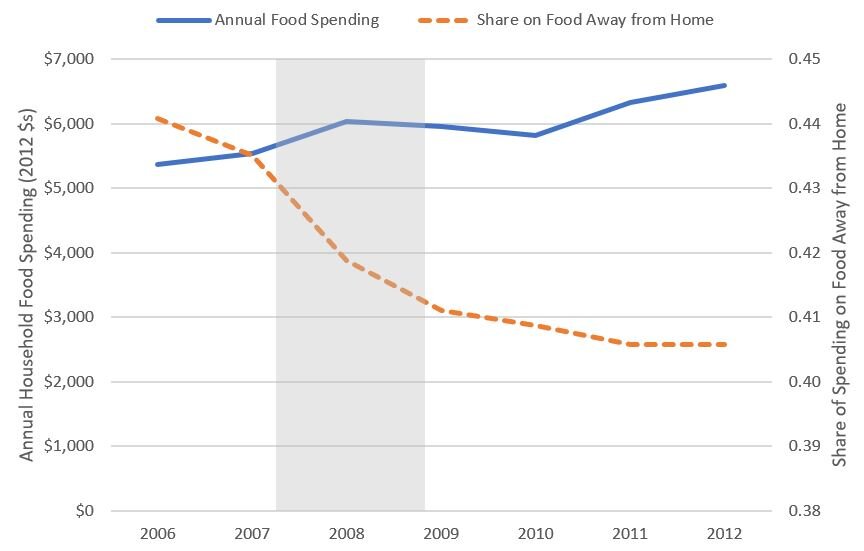Several months ago, I’d agreed to write an article about food waste, and I’m now finally finding the time (thanks to all the event cancellations) to start writing.
It strikes me that consumers’ food buying behavior in the wake of concerns about COVID-19 reveals much about the economics of food waste. Fearful of reduced mobility and shortages, foot traffic in grocery establishments has increased markedly, leading to stock-outs and empty shelves for many basic foodstuffs. As a result, many consumers have expressed fear and frustration over the stock-outs.
However, prior to the onset of the pandemic, stores were optimizing with the intent of preventing over-stocking. Just-in-time delivery and effectively managed inventories help control costs, and at the same time grocery outlets were also under pressure to adopt such measures (beyond mere profit reasons) to help prevent waste of perishable food items. A system designed to help prevent food waste, however, is not well suited to withstand the large, temporary demand spikes like that seen after COVID-19 hit.
Whatever qualms consumers have about food waste, they were apparently overwhelmed by a more urgent sense of need to stock pantries and refrigerators irrespective of whether some items might later be thrown out. Moreover, if we are under stay-at-home and quarantine measures longer, presumably, we will find ways to store, utilize, and eat the items we’ve stocked up on should scarcity reign (I don’t think it will).
As this discussion helps illustrate, food waste is the result of a complex equilibrium affected by consumers (e.g., preferences for convenience, expectations about the future prices and availability, and food safety concerns) and producers (e.g., cost of holding inventory, cost of transportation and storage affecting temporal and geographic arbitrage opportunities, and liability and reputational concerns) in addition to other factors such as government regulation and technology.
Even in normal times, we may want a little “excess” food in the system, that may go to waste, as a kind of insurance against unexpected events like the one we’re now living through.








